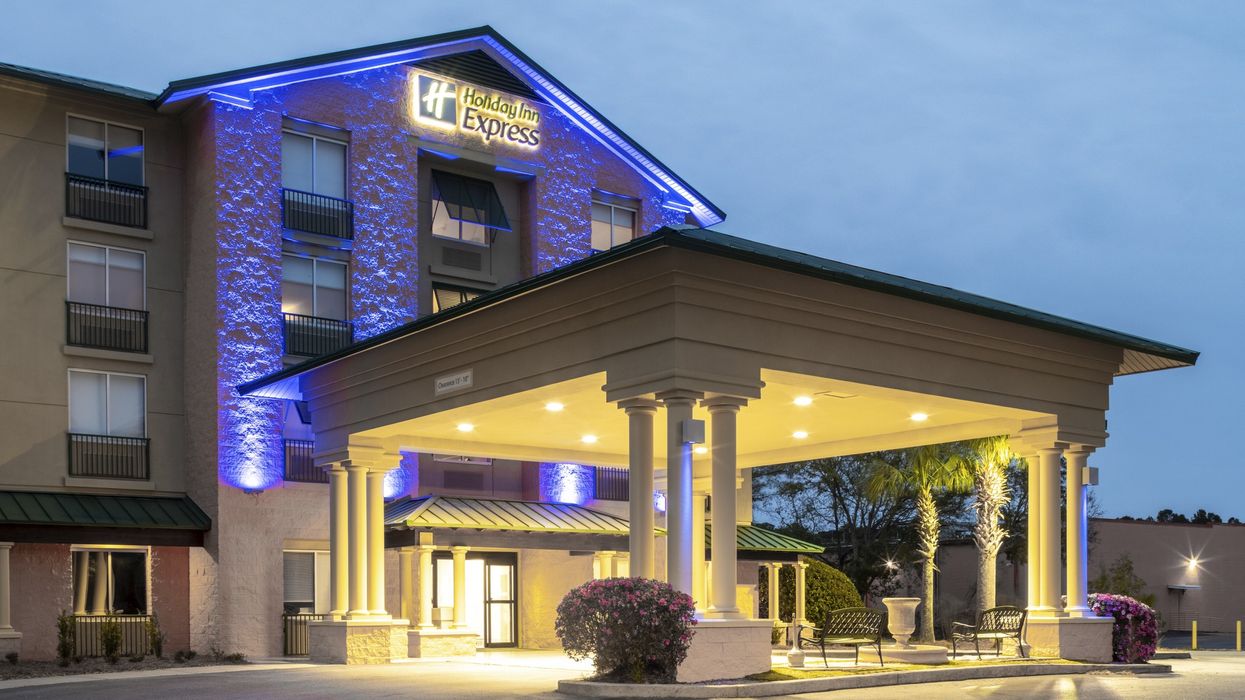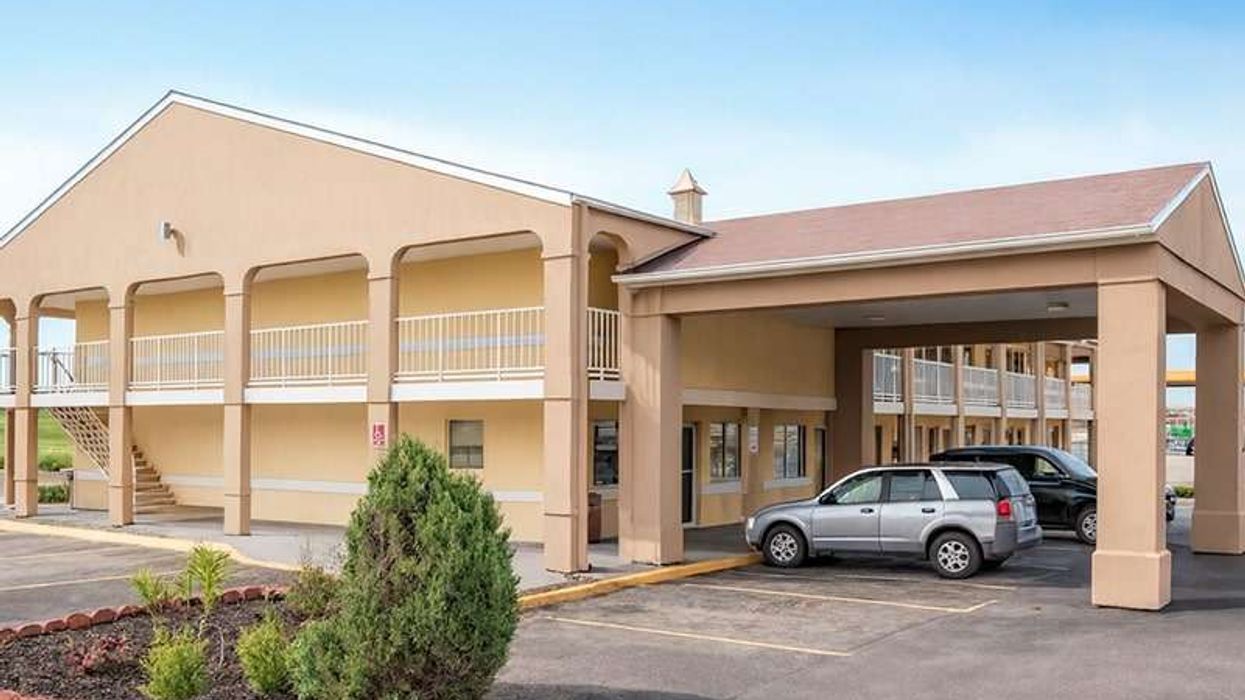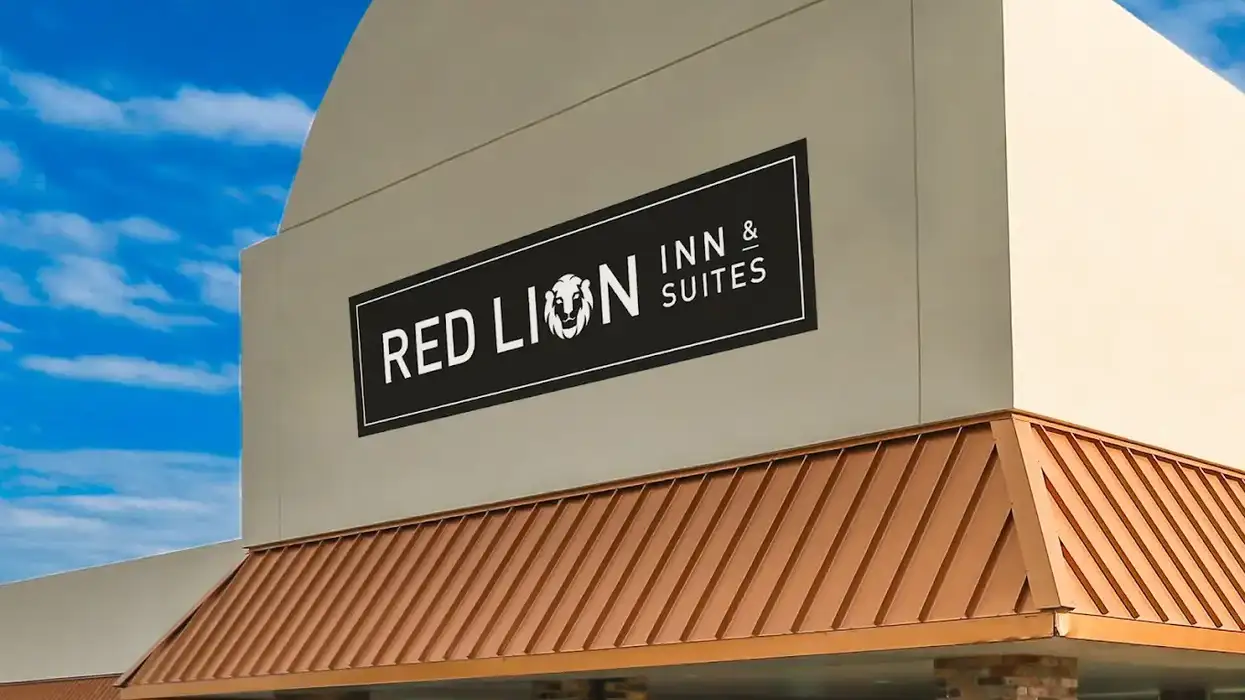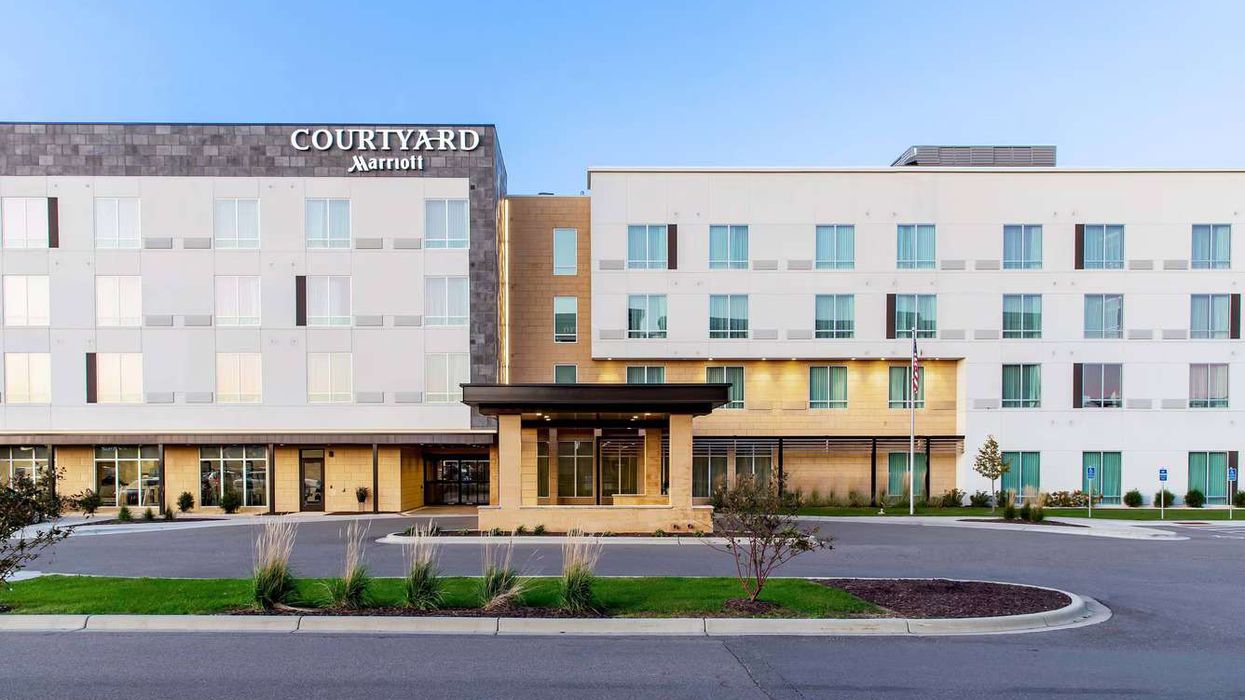ATLANTA-BASED BANYAN Investment Group has completed the sale of the 112-room Holiday Inn Express & Suites Bluffton at Hilton Head Area in South Carolina, to Trishul Hospitality, the company said. The transaction, for an undisclosed amount, generated a 24 percent internal rate of return and a 3.3x equity multiple for Banyan.
“We purchased the Bluffton Holiday Inn Express & Suites back in 2014 with the idea that this South Carolina coastal submarket was poised for long term growth. We were confident Bluffton would evolve into a tourist destination, aided by its proximity to several year-round destinations such as Hilton Head Island, South Carolina; Savannah, Georgia; and Charleston, South Carolina,” said Samir Yajnik, principal and EVP of investments, Banyan Investment Group. “Our underwriting and research at that time proved to be correct given Beaufort has become the fastest growing town in Beaufort County, South Carolina, with its population having grown by more than 124 percent in the last decade.
“This is directly reflected in the overall operating performance of the property during our hold period and how well it rebounded from the lockdowns and difficult market conditions stemming from COVID. We are proud to have taken this asset roundtrip to generate above-market returns for our investors. At present, we are diligently pursuing new acquisition opportunities, as exhibited by our recent purchase of the Castle Hotel, an Autograph Collection by Marriott, but always are reviewing our portfolio for opportunities to monetize our investments.”
The four-story hotel is near the Marine Corps Air Station, Naval Hospital Beaufort, Hunting Island State Park, Beaufort Marina and the Tanger Outlets. The hotel underwent a renovation earlier this year, and amenities include an outdoor pool, fitness center and 1,248 square feet of meeting space.
According to the statement, the group utilizes conservative forecasting, combined with a clear understanding of calculated risk taking, to make optimal investments for better returns.
The group recently acquired the Castle Hotel, part of the Autograph Collection by Marriott, in Orlando, Florida.












